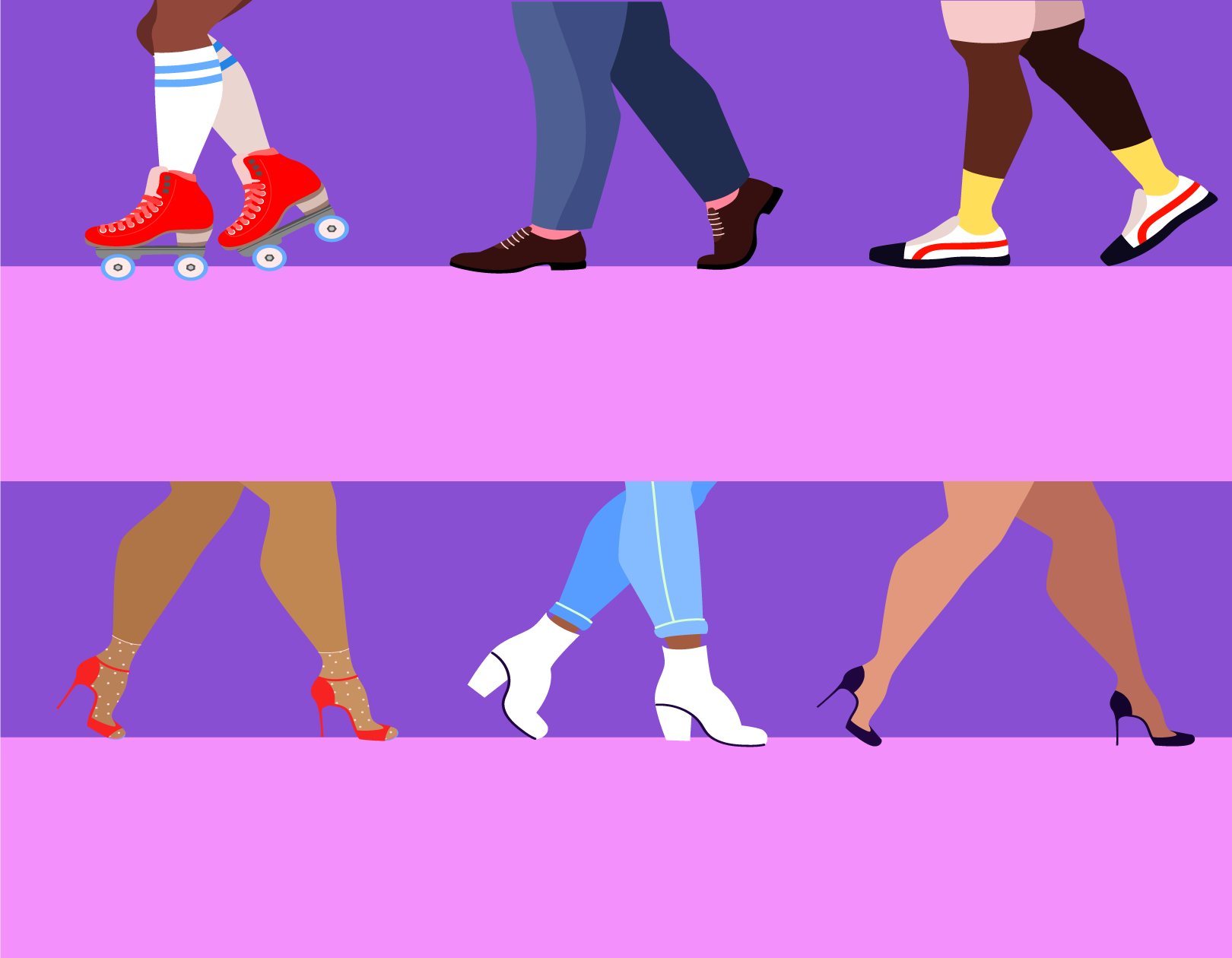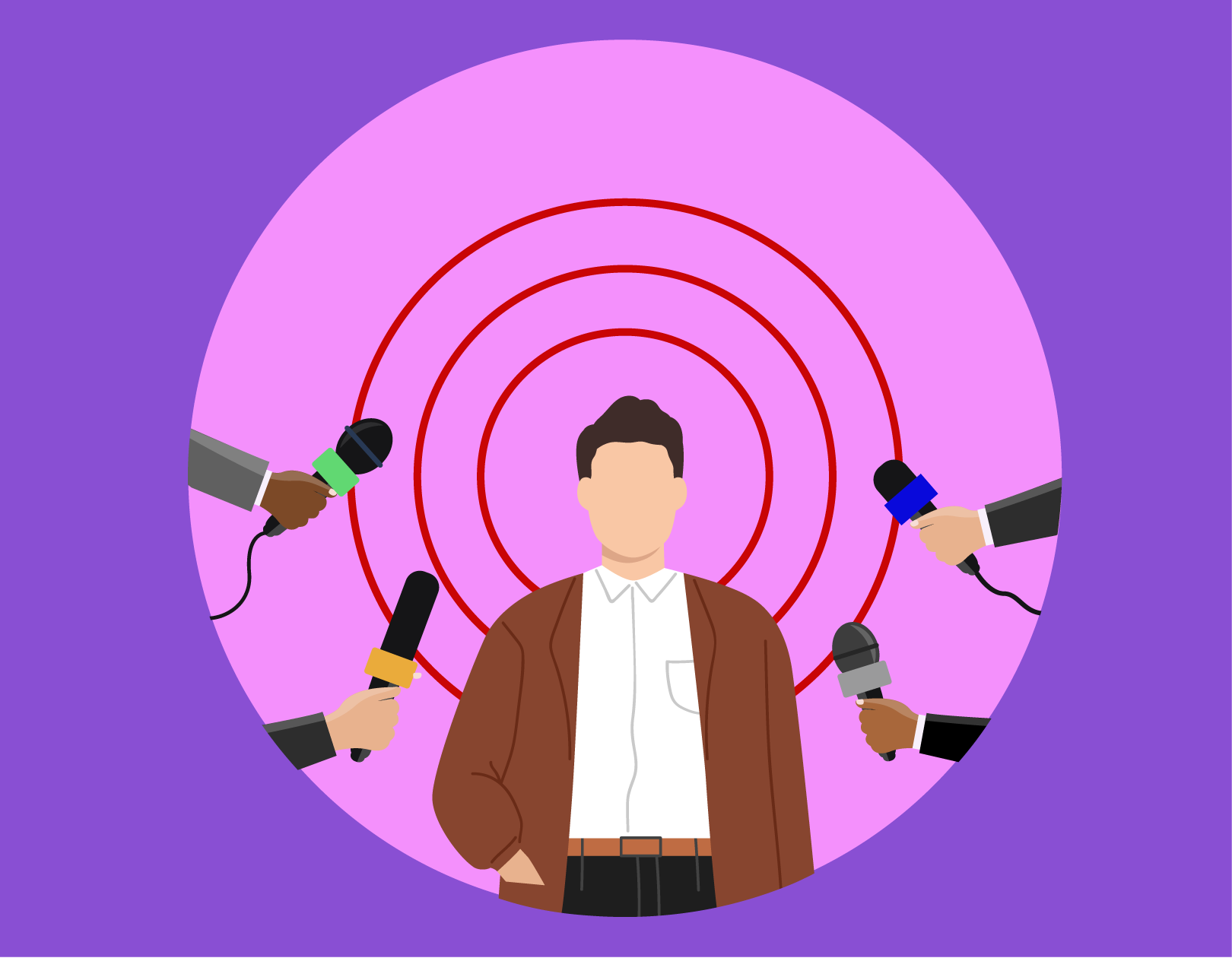Human-centered design is by no means an obvious or easy task, but in exchange it is very rewarding, from the design of an ice cream scoop to designing the experience of the administrative tasks in a registration office. This is Part 4 of our series, written by a Frontira expert.
What else can we learn about people and an ice cream scoop?
Imagine resisting the temptation to open your favorite ice cream box from the freezer, and instead of spooning it all out of the box, you scoop it out into glass cups. We can probably all imagine the whole process step by step, as we have seen or done it ourselves many times.
Therefore, designing an ice cream scoop would certainly not be difficult for a designer: a scoop should be ergonomic and comfortable to scoop with. Yet the IDEO design team decided to spend some time with people in their own homes to design a new kitchen set. This led them to notice a less obvious need: after scooping, a large percentage of people lick the ice cream scoop to ensure that as little ice cream is wasted as possible. That’s why they designed an (award-winning) spoon that’s not only suitable for ice cream scooping, but also for the guilty pleasure that follows, thanks to its mouth-friendly design with less sharp edges.

Among other things, this story helped me to realize that a customer-centric approach to design is really about recognizing that design is not about what we designers think people want, but rather about someone else: the real user and their real needs.
But does it really matter that much if an ice cream scoop is mouth-friendly?
Of course, the primary consideration when choosing an ice cream scoop is not necessarily how convenient it is to lick it off, as price, availability and other factors also influence our decisions.
One thing is certain, however, if a product is not comfortable enough to use or simply not likable enough, there are plenty of options instead. This infinite range of product and service alternatives gives users a much greater say in how the market works, and this is fundamentally changing the way products and services are designed.
In other words, users have more control than ever before. If someone doesn’t like a product or a service, they can find at least ten different alternatives in a few minutes. It is therefore increasingly important to listen and understand the real needs underlying people’s actions. But this is much easier in theory than in practice.
Why is it so difficult to put human-centered design into practice?
On one hand, just as most company cultures are organization-centric and self-focused, as a designer it is often difficult to get rid of perceptions, best practices or favorite ideas. On the other hand, people often can’t even tell you what they want. The story of the famous ice-cream scoop not only points out that it is not enough to start from functionality and our own experience, but it is also a good example of how people do a lot of things that are not conscious at all. So even if we ask them, we may not get real answers.

Finally, it is easy to fall into the mistake of believing that the truth we have once learned is also true in other situations. Yet everything can change depending on the context: a mouth-friendly ice-cream scoop is no longer appropriate in an ice-cream parlor. Moreover, when buying a kitchen tool, different processes take place online and offline, and thus different aspects may dominate. Walking into a shop, for example, you don’t ask people for their opinion the way you would browse reviews in an online shop, but you can easily try the product, see how it feels, touches, smells and drops down.
How do we get rid of our perceptions, discover people’s needs that they themselves do not know, without forgetting the changing context?
Empathy, empathy, empathy
Empathy allows us to walk in the other person’s shoes and experience what they are thinking and feeling.

Think about how actors prepare for a role when they use what is called “method acting”. This means that, in order to create a believable, natural performance, the actor becomes one with the character as a real chameleon, working from their own past experiences and emotions. For example, Robert De Niro, in preparation for the film “Taxi Driver”, got a real taxi driver’s license and worked as a taxi driver for a few weeks, and Jack Nicholson, prior to the film One Flew “Over the Cuckoo’s Nest”, spent a few months in a mental hospital, attending group therapy sessions and working with patients with real mental health problems, and won an Academy Award for his performance.
Any method we choose to practice empathy should assume that we do not know people’s behavior and needs! It is very easy to fall into the mistake of believing that we know what others want. It can easily be the case that we don’t.

One could assume that people working in a registration office or a bank branch know exactly what their customers’ problems and needs are. It’s always the same questions, the same paperwork and the same processes. We could assume that they also know the answer to why people don’t sit down in the waiting room: is the furniture shabby and uncomfortable?
Are they hoping to take their turn soon?
Or do they like to stand around, saying they are going to sit all day anyway?
Any of these reasons could be true, but we don’t really know what the client is thinking. It may be that a reimagined interior with colorful and playful furniture would help people’s sense of well-being, but the problem may be much simpler than that: for example, the projector showing the numbers is no longer visible when you are seated.
And the only way to answer these questions is to challenge our preconceptions, to put aside what we believe to be true in order to find out the real truth.
Just as designing a kitchen appliance is not a matter of chance, it is important for the design of a service to be thoughtful, simple and, above all, valuable and convenient for people to use.

With these three simple steps in mind, it will be easier to put the human-centered approach into practice:
Try “method acting” like a real star, or just sit for a bit on the other side, in the user’s chair!
Think about your product in a broader context! Think through how you can help users to achieve their personal or professional goals.
Only then should you ask yourself how your solution fits into people’s lives and what conditions are needed to make it a real experience to use.
The author of the article is: Enikő Barbarics Service Designer | Frontira
Frontira | Web | Facebook | Instagram

In our monthly series, we explore the various fields of design with the help of Frontira to understand the role of design beyond industrial design. What role does design play in building up human behavioral patterns? How can a service be a good experience and what digital product design toolset do we need for it? Calling itself the “company of strange problems,” Frontira answers questions like this, in an exciting manner and comprehensible form

A mausoleum was built for the martyrs of Polish villages in Michniów

Refreshing thirst quenchers from Eastern Europe | TOP 5










